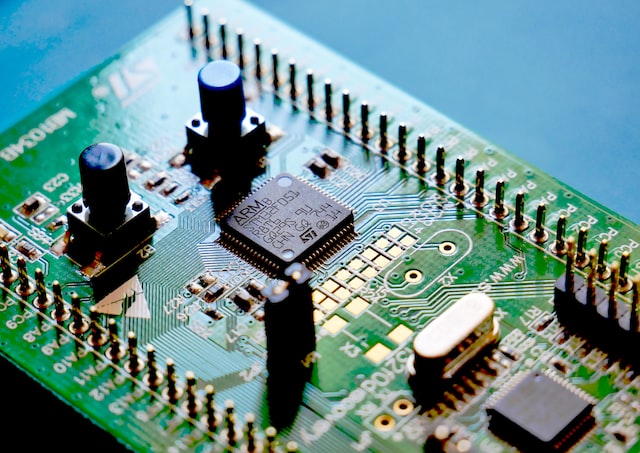A microprocessor is a multipurpose, programmable device that accepts digital data as input, processes it according to instructions stored in its memory, and provides results as output. A processor is the logic circuitry that responds to and processes the basic instructions that drive a computer.
What is a microprocessor?
A microprocessor is a small, powerful computer chip that contains the central processing unit (CPU) of a computer. It performs the basic operations of a computer, such as fetching, decoding, and executing instructions. The first microprocessor was the Intel 4004, released in 1971.
It incorporates the functions of a central processing unit on a single integrated circuit (IC), or at most a few ICs. The microprocessor is a multipurpose, programmed device that accepts binary data as input, processes it according to instructions stored in its memory, and provides results (also in binary form) as output.
What is a processor?
A processor is an electronic device, usually, a central processing unit (CPU), that interprets and carries out the instructions contained in program software. A processor consists of one or more microprocessors, each of which includes the necessary circuitry for reading instructions from memory and executing them.
The benefits of each type of processor
Each type of processor has its own set of benefits that make it well-suited for different applications. Microprocessors are typically used in embedded systems, where their small size and low power consumption are advantageous. They can also be found in personal computers and servers, where they provide high performance and flexibility. Processors, on the other hand, are designed for larger systems such as mainframes and supercomputers. They offer higher levels of performance and reliability, making them ideal for mission-critical applications.
How are micro processors made?
Microprocessors are made using a process called photolithography. A silicon wafer is coated with a light-sensitive material, and then a pattern is projected onto the wafer using a light source. The exposed areas of the wafer are then etched away, leaving the desired circuitry behind.
Can a computer work without micro processor?
No, a computer cannot work without a microprocessor. The microprocessor is the central processing unit (CPU) of the computer, and all other components are connected to it. Other components may include the motherboard, memory, storage devices, and input/output devices.
What is the future of microprocessor technology?
The future of microprocessor technology is looking very bright. With the ever-increasing demand for more computing power, manufacturers are continuously innovating to deliver faster and more powerful processors.
One area of improvement is in the manufacturing process itself. Moore’s Law predicts that the number of transistors on a chip will double approximately every two years. This trend has held true for decades and shows no signs of slowing down. As transistor density increases, so does performance and power efficiency.
Another exciting development is the increasing use of parallelism and specialized cores within microprocessors. Many modern processors have multiple cores, each of which can handle its own stream of instructions. This allows for much greater compute power without sacrificing energy efficiency. GPUs (graphics processing units) are another type of processor that excels at massively parallel computations, and are often used in conjunction with CPUs in high-performance systems.
In short, the future of microprocessor technology looks very promising indeed!








